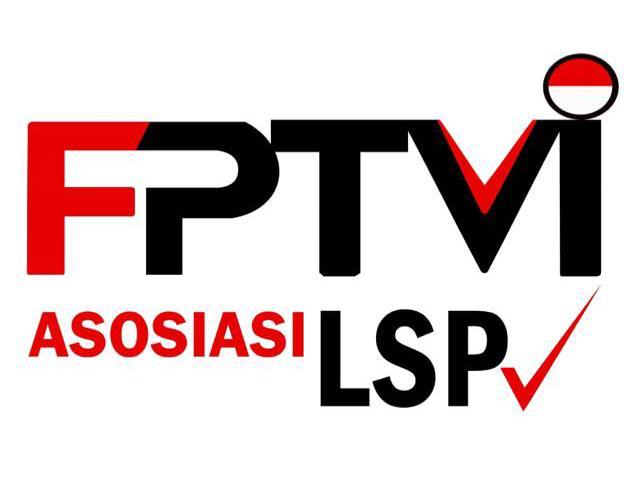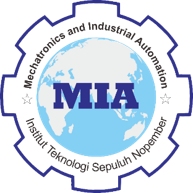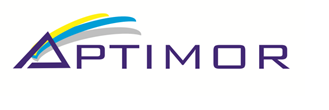The Application of Electrocoagulation to Treat Meatball Wastewater with Aluminium Electrode
Abstract
Keywords
Full Text:
PDFReferences
Abduh, M. Natsir, Ilmu Dan Rekayasa Lingkungan, Makassar: CV Sah Media, 2018.
Rachmawati, B., Y. Surya, & M. Mirwan, Proses Elektrokoagulasi Pengolahan Limbah, 2014.
Holt, P., Barton, G., Mitchel, C., Electrocoagulation As A Wastewater Treatment, The University of Sydney, 1999.
Effendi, H, Telaah Kualitas Air. Yogyakarta: Kanisius, 2003.
Hafni, Kartini Noor, Pengolahan Air Buangan Pencelupan Tekstil dengan Proses Elektrokoagulasi Memakai Elektroda Aluminium, 2007.
Elnenay, A.M.H., E. Nassef, G.F. Malash, & M.H.A. Magid, “Treatment of Drilling Fluids Wastewater by Electrocoagulation,” Egyptain Journal of Petroleum, 5:1-6, 2016. Available: https://www.sciencedirect.com/science/article/pii/S1110062116300071. [Accessed July. 04, 2021].
Edris Bazrafshan, Kamal Aldin Ownagh and Amir Hossein Mahvi, “Application of Electrocoagulation Process Using Iron and Aluminum Electrodes for Fluoride Removal from Aqueous Environment,” Journal of Chemistry Volume 9, 2012. Available: https://www.hindawi.com/journals/jchem/2012/102629/. [Accessed July. 06, 2021].
Satriananda, “Penyisihan besi (Fe) dalam air dengan proses elektrokoagulasi,” Jurnal Reaksi (Journal of Science and Technology) Jurusan Teknik Kimia Politeknik Negeri Lhokseumawe, Volume 7 page 15, 2011. Available: https://www.researchgate.net/publication/333459163_Penyisihan_Besi_Fe_Dalam_Air_Dengan_Proses_Elektrokoagulasi. [Accessed July. 06, 2021]
Sutanto & Widjajanto, D, “Perbandingan efisiensi bak proses dua sel dan tiga sel dalam menurunkan kandungan besi (Fe) dalam Air limbah secara elektrokoagulasi dengan katoda dari karbon bekas Baterai,” Poli-Teknologi, Volume 14 page 2, 2014. Available: http://jurnal.pnj.ac.id/index.php/politeknologi/article/view/537. [Accessed July. 07, 2021]
Ni’am M, Othman F, Sohaili J, Fauzia Z, “Removal of COD and Turbidity to improve Wastwater Quality using Electrocoagulation Technique,” The Malaysian Journal of Analitical Science, page 198-205, 2007. Available: http://cyber.unissula.ac.id/journal/dosen/publikasi/210296020. [Accessed July. 07, 2021]
H.K. Abdel-Aal dan I.A. Hussein, “Parametric study for saline water electrolysis: part III-precipitate formation and recovery of magnesium salts,” Hydrogen Energy, Vol. 18 Page 553-556, 1993. Available:https://www.sciencedirect.com/science/article/abs/pii/0360319993901738 . [Accessed July. 07, 2021]
Suparman, Rahman A, Purwoto H. “Penggunaan Metode Elektrokoagulasi Sebagai Alternatif Pengolahan Air Bersih Tanpa Bahan Kimia,” Jurnal Agroteknose, Volume 2 page 46–59, 2016. Available: http://repository.uinsu.ac.id/9436. [Accessed July. 07, 2021]
Leila Kalsum, Fadarina, Anerasari Meidinariasty, Selastia Yuliati, Adi Syakdani, M. Bagas Pratama1, Rachmad Bayu Alpitansyah, Fenty Alnafrah and Pepi Ismareni, “Pengolahan Air Payau Menjadi Air Bersih Menggunakan Metode Elektrokoagulasi,” Jurnal Kinetika Vol. 12, No. 01 page: 1-8, 2021. Available: https://jurnal.polsri.ac.id/index.php/kimia/article/view/3120. [Accessed July. 08, 2021]
Susetyaningsih, R., Kismolo, E., and Prayitno, “Kajian proses elektrokoagulasi untuk pengolahan limbah cair,” Seminar Nasional IV Teknologi Nuklir. Yogyakarta, 2008.
Peraturan Menteri Lingkungan Hidup Republik Indonesia Nomor 5 Tahun, Tentang Baku Mutu Air Limbah Bagi Usaha dan atau kegiatan industri tapioka, 2014.
Peraturan Pemerintah No 82 Tahun 2001 tanggal 14 Desember 2001, 2001.
Dewi, L. K., R.A.Afzah, and E.S Soedjono. Thesis, Dept. Enviromental Engginering, Sepuluh Nopemeber Institute of Techonology “Rancang Bangun Alat Pemurni Air Payau Sederhana dengan Membran Reverse Osmosis untuk Memenuhi Kebutuhan Air Minum Masyarakat Miskin Daerah Pesisir,” 2011.
Soeprijanto, Lily Pudjiastuti, and R.O Saut Gurning, “Penyisihan Minyak dalam Emulsi Air Bilga Menggunakan Proses Elektrokoagulasi,” in Prosiding Seminar Nasional Teknik Kimia “Kejuangan” Pengembangan Teknologi Kimia Untuk Pengolahan Sumber Daya Alam Indonesia. Yogyakarta, 17 March, 2016
DOI: http://dx.doi.org/10.12962%2Fj23378557.v7i2.a10026
Refbacks
- There are currently no refbacks.
This work is licensed under a Creative Commons Attribution 4.0 International License. IPTEK The Journal of Engineering published by Pusat Publikasi Ilmiah, Institut Teknologi Sepuluh Nopember.
Please contact us for order or further information at: email: iptek.joe[at]gmail.com Fax/Telp: 031 5992945. Editorial Office Address: Pusat Riset Building 6th floor, ITS Campus, Sukolilo, Surabaya 60111, Indonesia.








